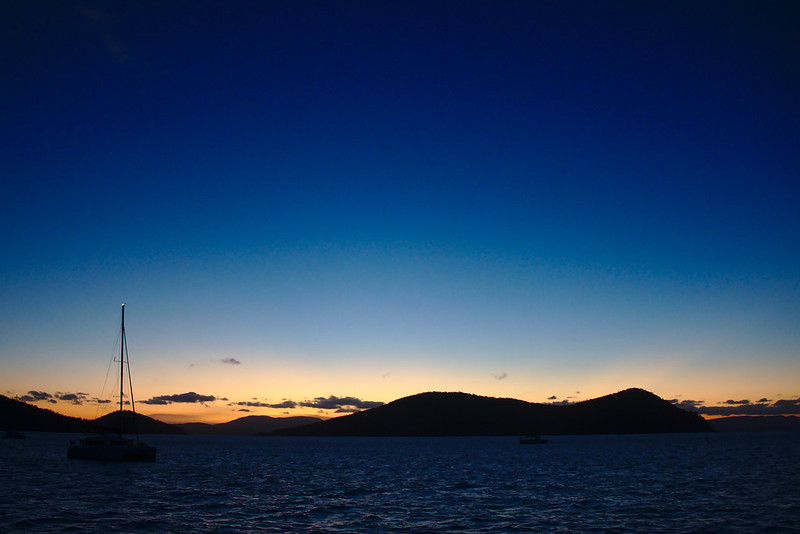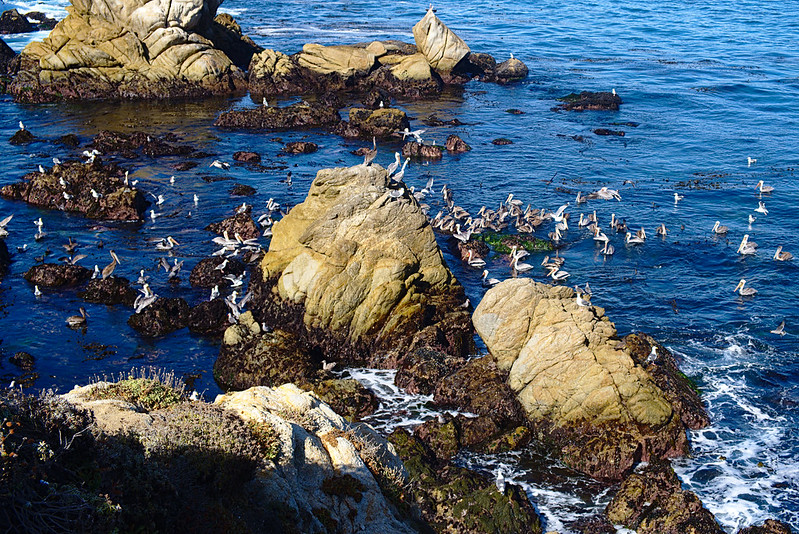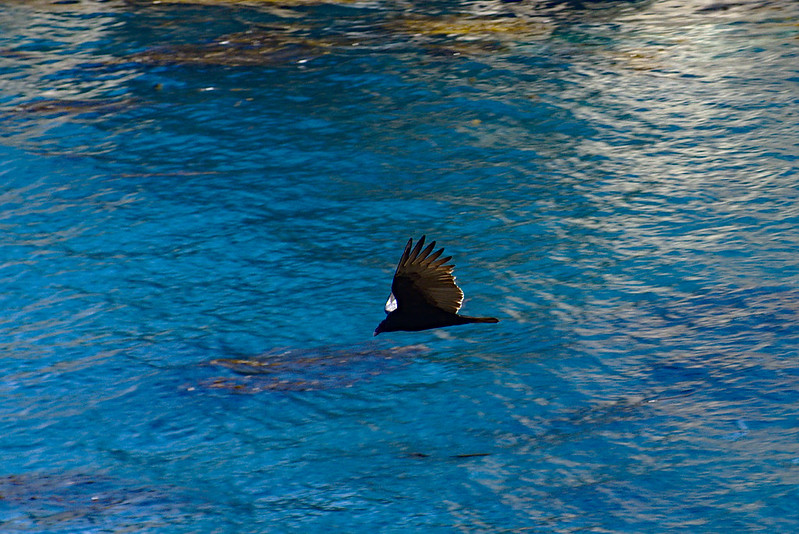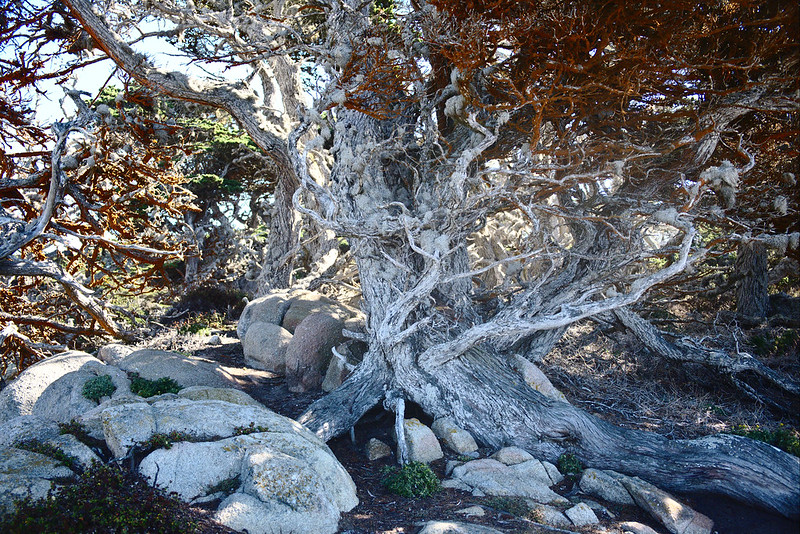The dramatic storm that ended 2018 by soaking most of the people who’d been waiting 12 hours for a fireworks show was not forecast, but it also wasn’t entirely unheralded. Here’s the sky 2 hours before it struck:


However, it wasn’t until later that this was heralded on the radar:

I went to the north of the island to see if I could see the storm cell; hearing a security guard’s radio piping up about moving all guests into shelter. Promising! I was not disappointed:



I hurried back; as I did the loudspeakers started to call everyone into the old machinerary sheds due to a “dangerous storm”; we were probably some of the few New Year’s Eve revellers around the harbour who could take shelter that evening.
I made it before the rain did. However, I wasn’t quite the last one in:

We were out in time for the party:




























































